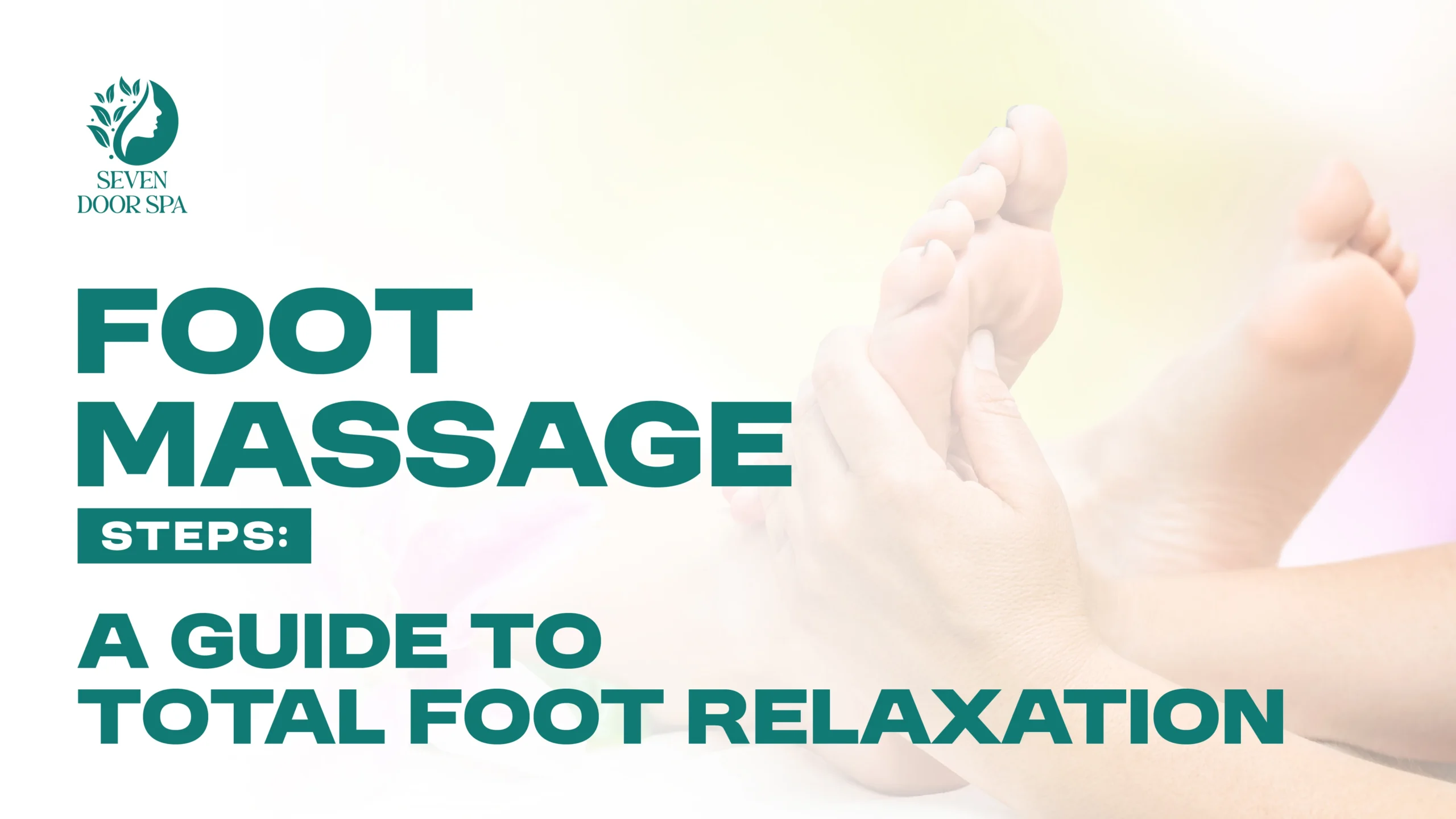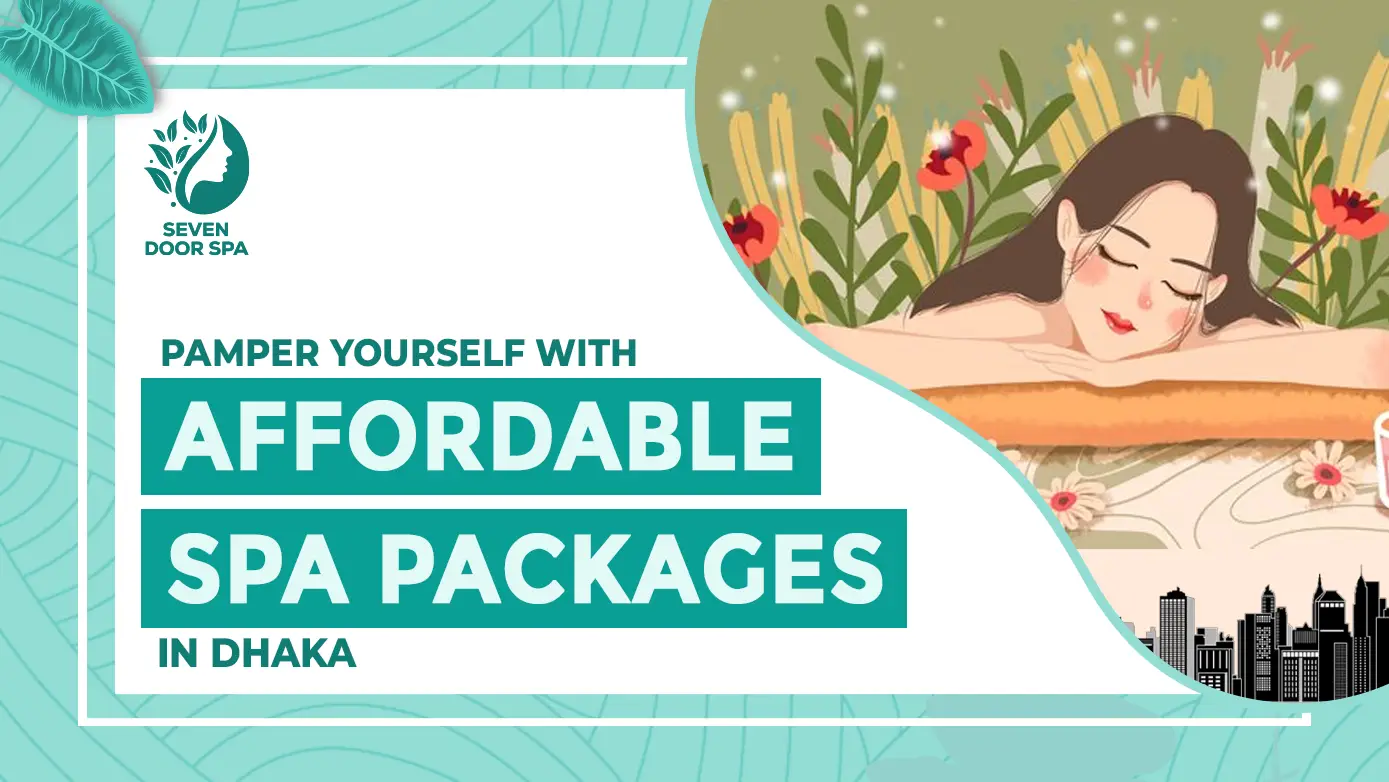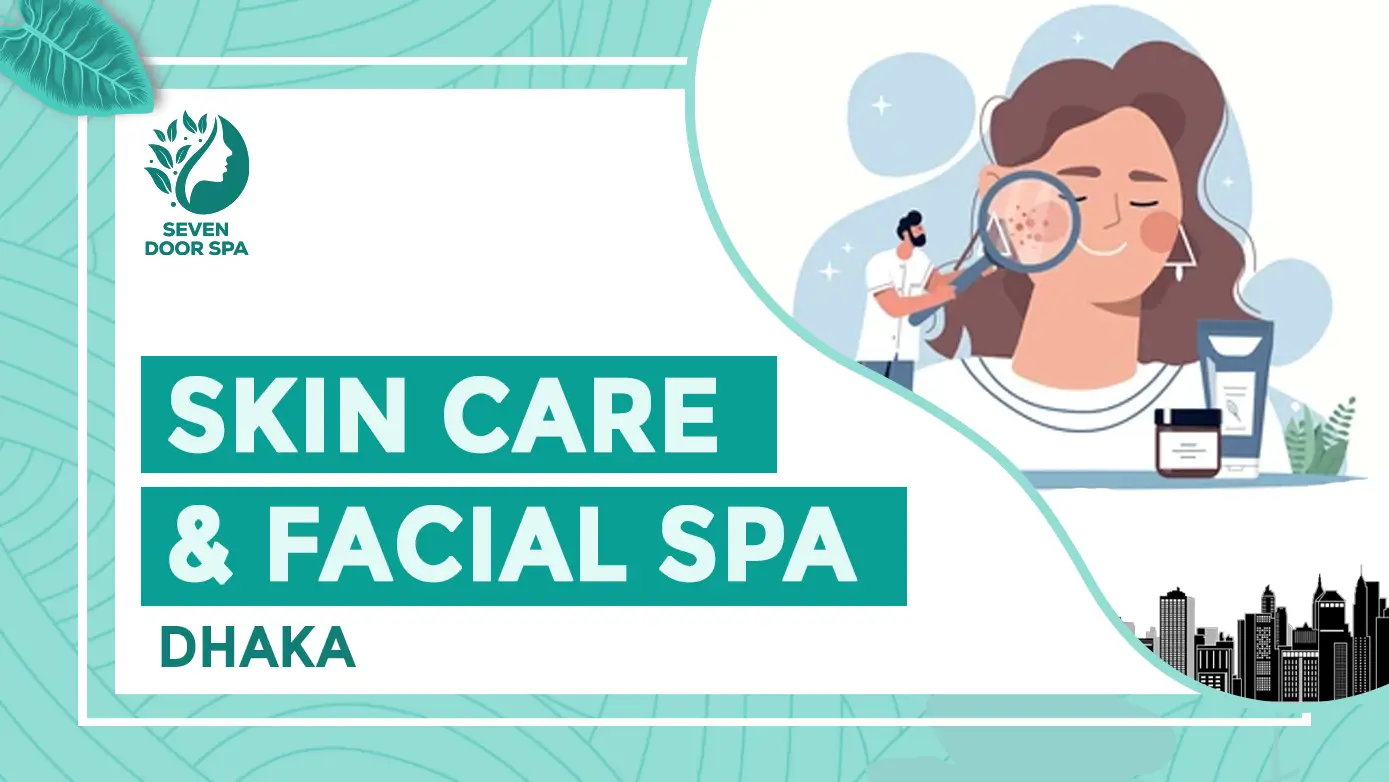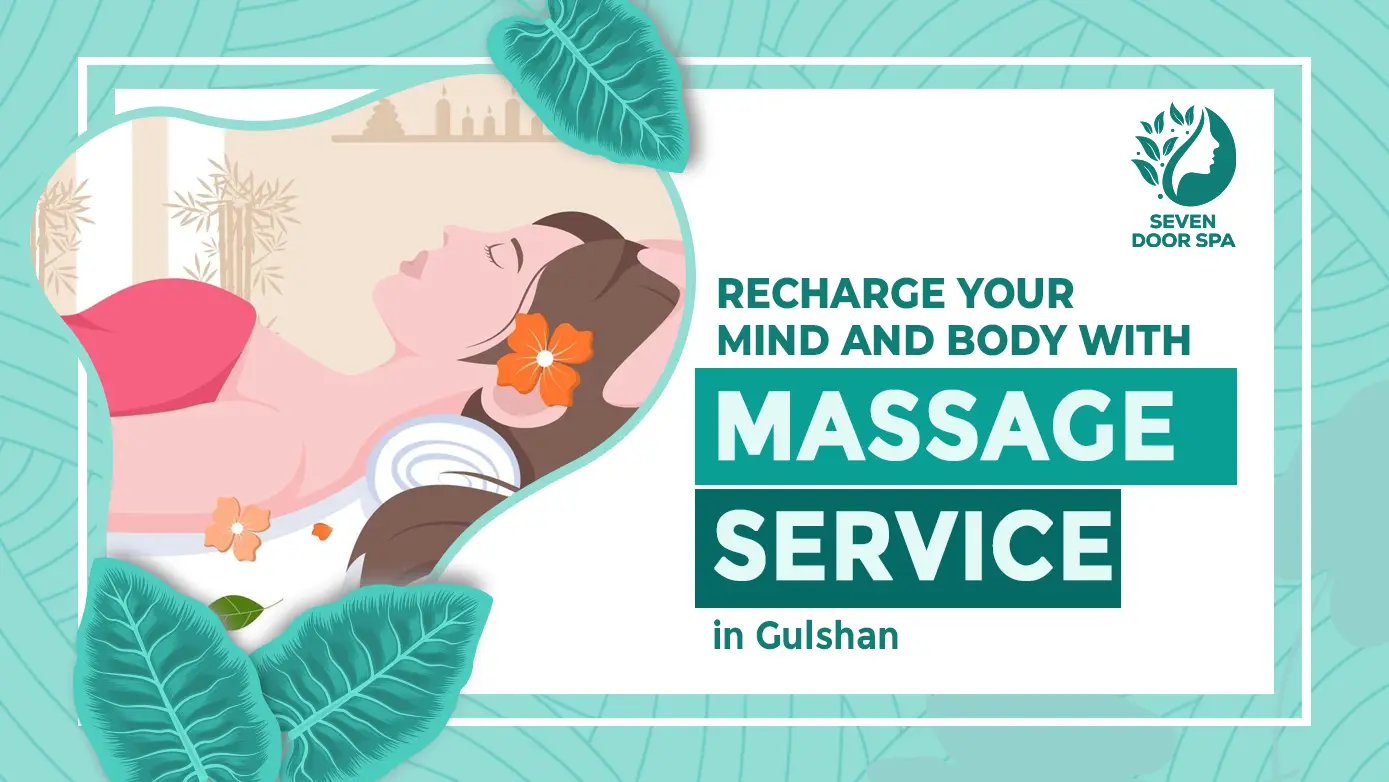After a long day spent standing, walking, or simply being on your feet, taking time to soothe them can feel like the ultimate act of self-care. A calming foot massage not only melts away tension but also encourages better circulation and promotes restful sleep.

And here’s the best part: you don’t need professional training to enjoy or give one. With the right setting, a bit of oil, and gentle technique, anyone can follow a few simple foot massage steps to create a spa-like experience at home or in a spa in Dhaka.
In this easy-to-follow guide, you’ll discover every essential step, from soaking and oil application to using slow, purposeful strokes. So you can switch everyday stress into pure foot bliss.
What Is a Foot Massage and Why Does It Matter?
Typically defined as a therapeutic technique, a foot massage involves applying pressure to specific areas of the feet using your hands, thumbs, or tools. While it often feels like an indulgent treat, its roots run deep in ancient traditions, such as reflexology, where each part of the foot corresponds to an internal organ or system of the body.
As you incorporate regular foot massages into your routine, you’ll begin to notice a wide range of physical and emotional benefits. These include:
- Relaxes tense muscles and relieves built-up fatigue
- Boost the circulation of blood, which is especially helpful after long periods of standing
- Reducing swelling and localized pain, particularly in the heel and arches
- Promoting deeper, more restorative sleep
Foot Massage Steps to Create Spa-Like Relaxation at Home
Looking to create a spa-like foot massage in the comfort of your own home? Follow these simple step-by-step instructions to create a soothing experience right at home.
Step 1: Prepare Your Foot Massage Area with Intention
Before you begin, take a moment to set the scene. Choose a quiet corner of your home, dim the lights, and play soft, ambient music. Then lay out a clean towel or mat where your feet will rest.
Ensure you have everything within reach: a basin of warm water, a towel, massage oil or moisturizer, and optional extras such as essential oils or flower petals.
Step 2: Begin with a Therapeutic Foot Soak
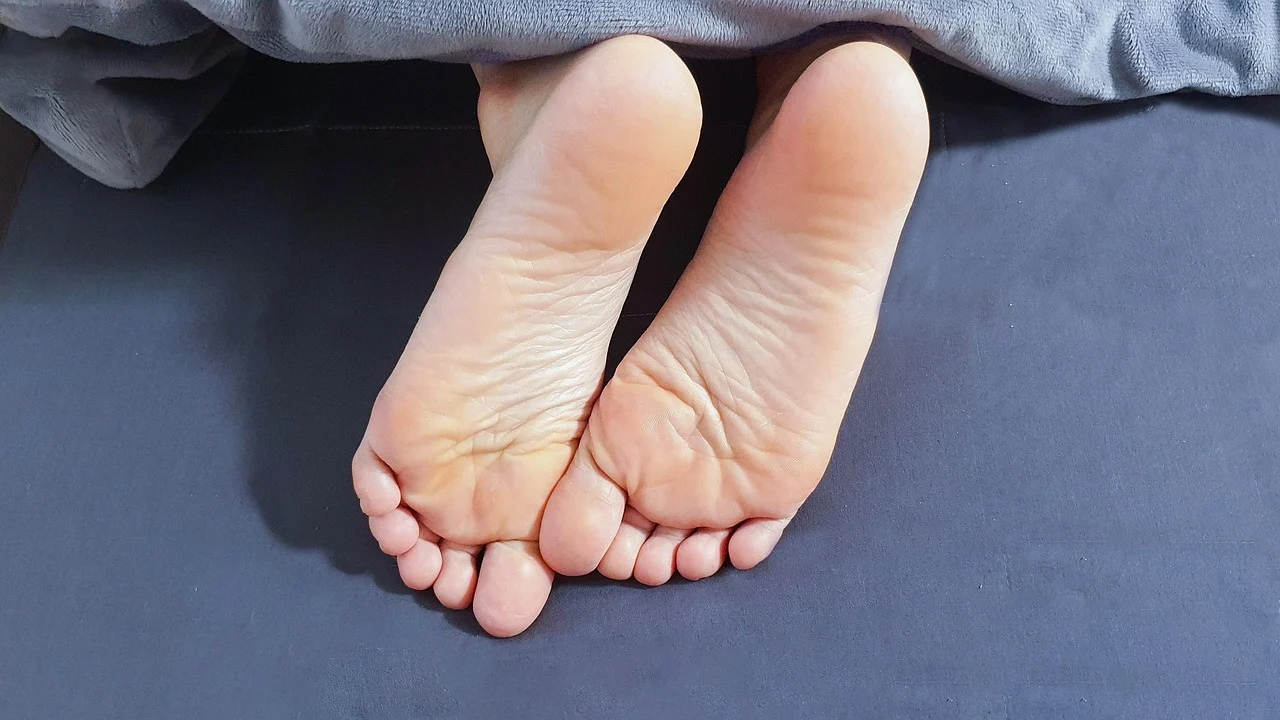
Typically, the first step of any quality foot massage is a warm soak. This softens the skin, relaxes tight muscles, and preps the feet for deeper pressure.
Fill the basin with warm water and add:
- 1 tablespoon of Epsom or sea salt
- A few drops of essential oil (peppermint for invigoration or lavender for calm)
Soak your feet for 10–15 minutes. As you breathe deeply, allow the warmth to dissolve any lingering tension.
Step 3: Dry & Position the Feet for Comfort
After soaking, gently pat your feet dry with a soft towel. For optimal comfort, place a cushion or folded towel beneath the knees to support the legs and avoid strain on the joints.
Step 4: Apply Massage Oil with Mindful Contact
Next, warm a few drops of massage oil—like almond, jojoba, or a spa-grade blend—between your palms.
Begin applying the oil using gentle strokes, starting from the heel and working your way toward the toes. This not only nourishes the skin but also reduces friction for the massage that follows.
Step 5: Perform Effleurage to Warm Up the Foot Muscles
With effleurage, your skin is stimulated, and your nervous system is introduced to touch. Apply gentle strokes to the heel and ball of the foot with both hands, repeating 3–5 times.
- Apply medium to light pressure.
- Use a variety of hand positions to cover all aspects of the foot.
- Move to the rhythm of your breathing to stay present and grounded.
Step 6: Apply Targeted Thumb Pressure on the Sole
After warming the muscles, move your thumbs in small circular motions across the sole. Starting at the heel, gradually work your way up to the arch and ball of the foot.
- Apply moderate pressure, just enough to stimulate the muscles, but not so much that it causes discomfort.
- Alternate your thumbs to create consistent motion and rhythm.
Step 7: Explore Reflex Zones Mindfully
Although you don’t need formal training in reflexology, you can apply gentle pressure to areas that are traditionally linked to body systems:
- The base of the big toe → Head and brain
- Center of the arch → Digestive system
- Inner heel → Lower back
Hold the pressure for 5–10 seconds, then slowly release it. Make sure your touch doesn’t cause discomfort and adjust it accordingly.
Step 8: Rotate, Flex, and Massage the Toes
Moving to the toes, lightly rotate each one, pull upward gently, and massage between them using your fingertips.
You may also interlace your fingers between the toes for a subtle stretch—this encourages flexibility and stimulates smaller nerve endings.
Step 9: Stimulate the Ankles and Foot Edges
Next, move to the ankles. Using circular motions, massage around the ankle joints and the Achilles tendon. Then, glide your thumbs along the inner and outer edges of the feet in a scooping motion to release tension along the sides.
Step 10: Feather Out and Wrap to Finish
To conclude, use light, feathery strokes across the top and sole to calm the nervous system and signal the end of the session.
Wrap the foot in a warm towel for 1–2 minutes to seal in the warmth and relaxation, then switch to the other foot and repeat the sequence.
How to Take Your Foot Massage Steps Beyond the Basics
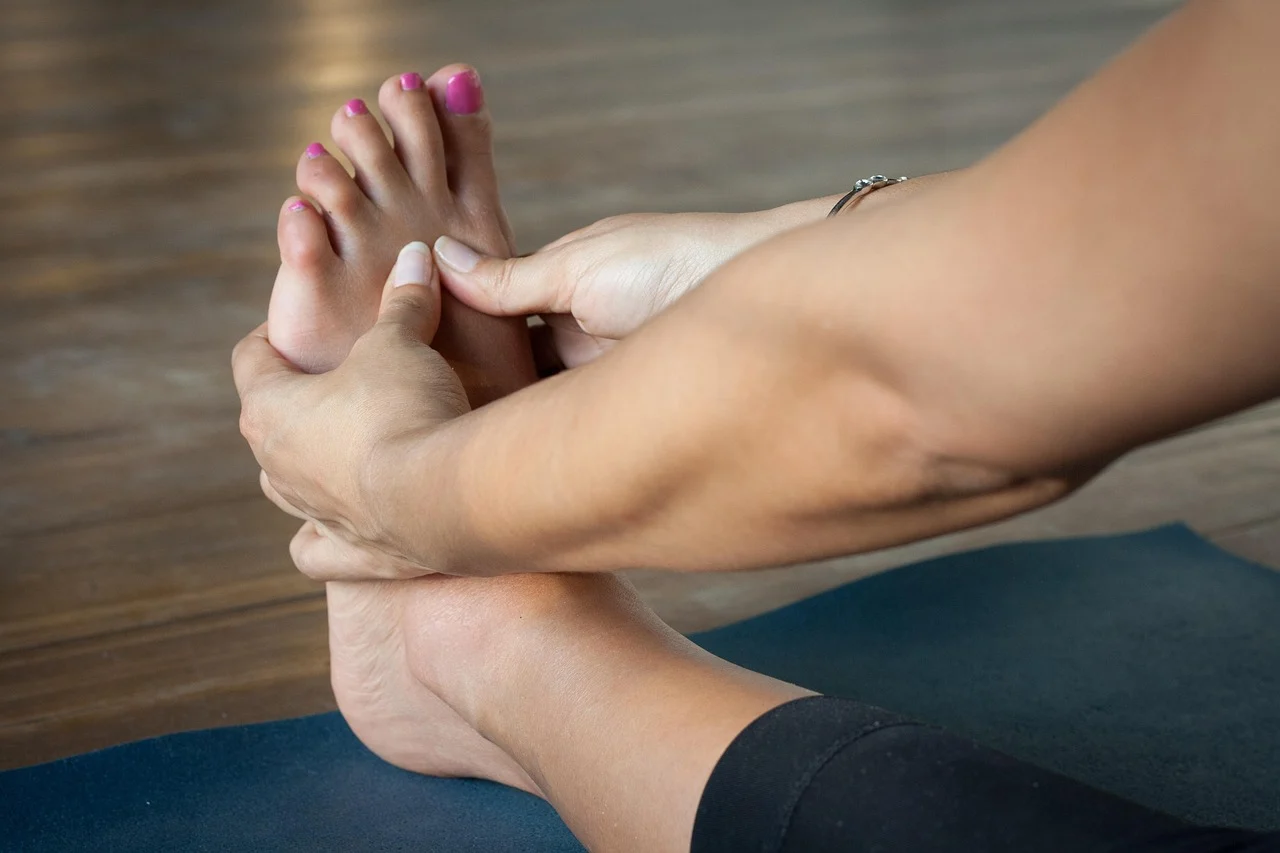
Once you’ve mastered the core techniques, the next step is refinement. Here’s how to enhance your foot massage experience:
Switch Up the Oils by Season
Just as your body responds to seasonal shifts, so should your oil selection.
- In colder months, warming oils like ginger, cinnamon, or black pepper promote circulation and create a grounding effect.
- During warmer seasons, opt for cooling oils like peppermint, eucalyptus, or lemongrass to refresh tired feet and reduce puffiness.
Use a Wooden Roller for Reflex Zone Activation
After manual massage, gently roll the sole over a wooden roller or massage ball. This helps activate deeper reflex zones, improve blood flow, and ease lingering tension—perfect for self-care between full massages.
Exfoliate First with a Simple Salt Scrub
Before applying oil, consider a quick salt or sugar scrub to exfoliate dead skin, open pores, and boost microcirculation. This step allows the oils to absorb more deeply and makes the massage smoother and more effective.
Finish with a Hot Towel Wrap
To lock in warmth and moisture, wrap each foot in a steamed towel for 2–3 minutes. This gentle compression helps the muscles stay relaxed while enhancing oil absorption, offering a soothing finish for both body and mind.
Add Gentle Stretching for Long-Term Relief
After the massage, try a few toe stretches and ankle rolls to boost flexibility and release any residual tightness. Over time, these movements can help reduce daily foot strain and extend the benefits of your massage.
Common Mistakes During Foot Massage Steps and How to Avoid
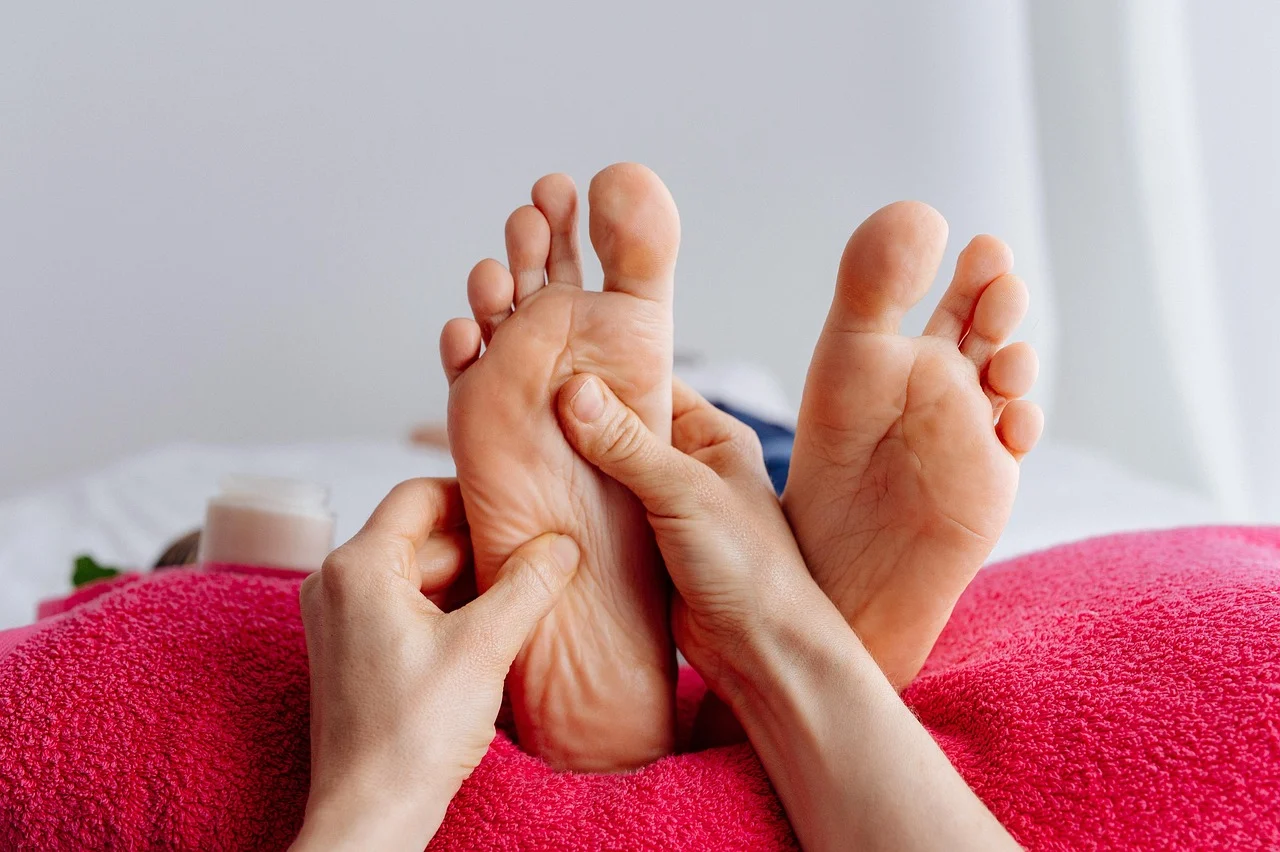
Even well-intentioned massages can fall short if certain techniques are overlooked. Below are common missteps and simple ways to improve your approach:
| Mistake | Why It’s a Problem | How to fix it |
|
It can cause pain, especially in sensitive areas | Start gently; increase only if the recipient feels comfortable. |
|
Overlooks discomfort or tension; reduces relaxation. | Encourage feedback and adjust pressure or technique as needed. |
|
Leaves muscles tight and skin dry, limiting massage effectiveness | Begin with a warm soak to relax and prepare the feet. |
|
Fast strokes can overstimulate instead of soothe. | Use slow, intentional movements to encourage calm and relaxation. |
|
Shocks muscles and disrupts the soothing experience. | Always warm the oil between your palms before use. |
|
Ineffective strokes can cause strain or discomfort. | Use varied techniques such as gliding, kneading, and circular motions. |
When to Choose a Professional Foot Massage Over At-Home Care
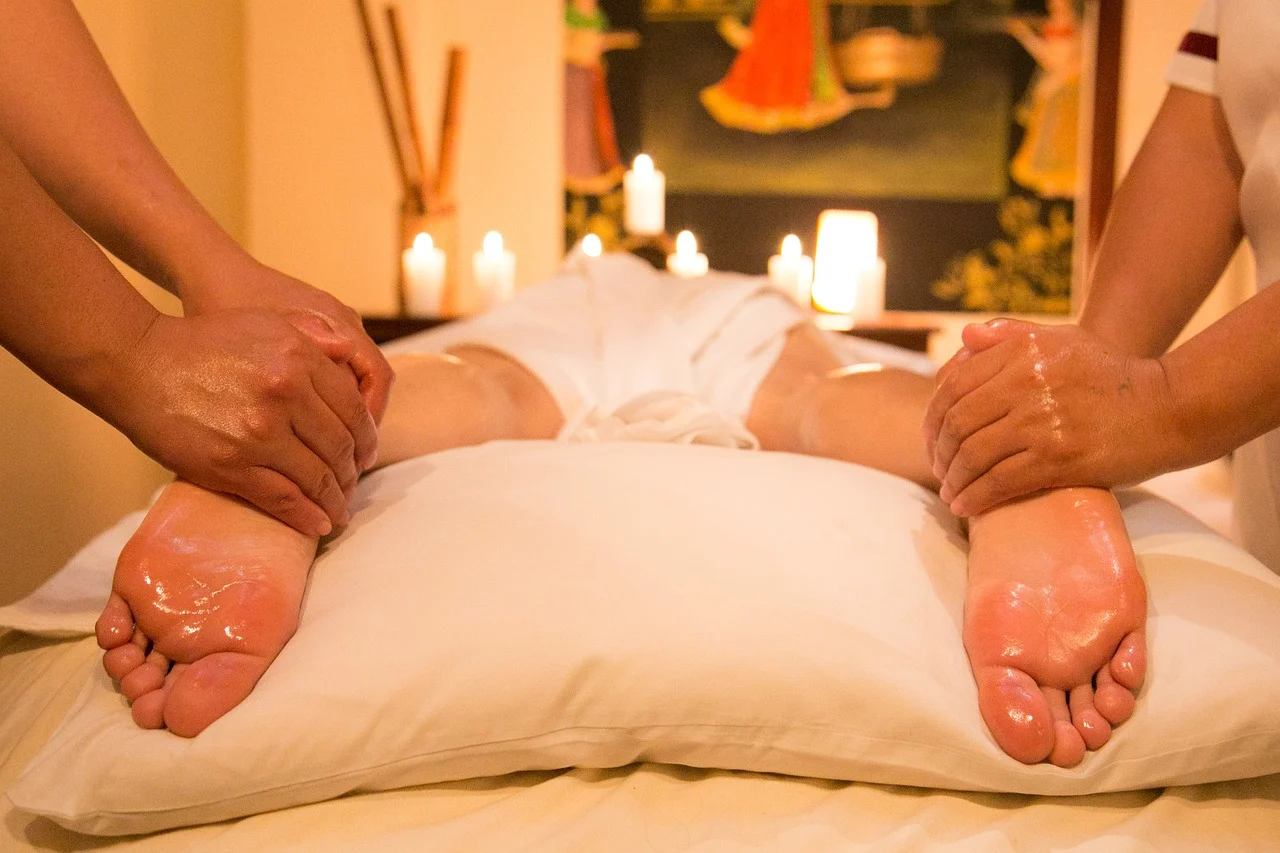
While following foot massage steps at home can offer comfort and relaxation, there are times when seeking out a professional makes a meaningful difference.
Typically, therapy from a trained massage specialist goes beyond basic technique. A professional foot massage often includes:
- Advanced knowledge of pressure points, reflex zones, and musculoskeletal structure
- Consistent, sustained pressure customized to your comfort and health condition
- Enhanced tools and treatments, such as warm compresses, exfoliation, or herbal wraps
- A dedicated, calming space that allows your nervous system to fully reset
When you understand the difference between home care and professional support, you can better protect your feet and take advantage of the benefits of self-care rituals.
If you’re looking to turn those foot massage steps into a truly rejuvenating experience, let the professionals at Seven Door Spa take it to the next level.
In Gulshan, this spa provides access to advanced care, tailored spa treatments, and restorative environments for those who need more than just a moment of relief.
Final Thoughts
Whether you’re applying these foot massage steps at home or experiencing them in a soothing space like Seven Door Spa, the most important element is intention.
Foot massage isn’t just about temporary relief—it’s a grounding ritual that enhances circulation, relieves tension, and invites deeper connection with your body.
Take a breath. Slow down. Even just a few mindful minutes can shift your entire mood. It’s not about how long the massage lasts, but how present you are during each touch.
Frequently Asked Questions
How often should I receive or give a foot massage?
For general well-being, 2-3 times per week is ideal. However, gentle massages, especially before bedtime, can be done daily and are highly beneficial.
What kind of oil is best for a foot massage?
Oils like sweet almond, coconut, and jojoba are excellent choices. They soften the skin and provide a smooth glide. You can enhance the experience with essential oils such as lavender (for calm) or peppermint (for refreshment).
Which foot massage techniques are most effective?
A mix of effleurage (long strokes), thumb kneading, and toe stretches delivers great results. Adjust your pressure and movements to match the area and the recipient’s comfort.
When should I avoid a foot massage?
Avoid massage if there are open wounds, skin infections, fractures, or severe circulation problems. If unsure, it’s best to consult a healthcare professional.

